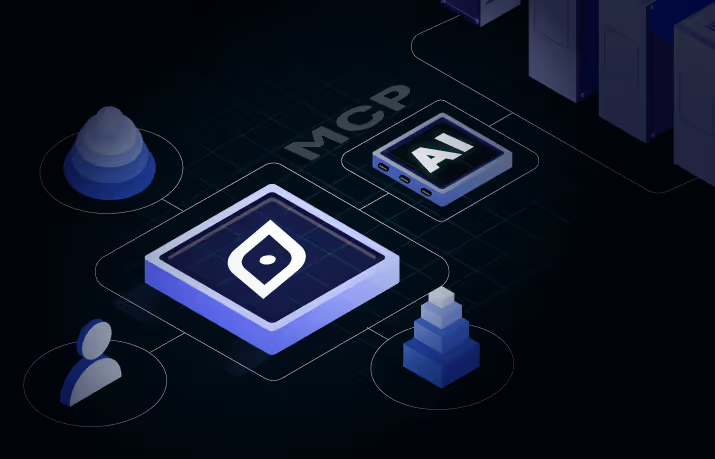How Workforce Analytics Software Is Shaping the Future of Workforce Strategy
Most workforce plans break down not because of poor execution, but because they’re built on stale assumptions. In 2025, static headcount models and generic hiring forecasts are being replaced by living, skills-first systems powered by real-time workforce analytics software. These systems don’t just track people, they help organizations anticipate needs, deploy faster, and stay aligned to transformation goals.
Workforce analytics software enables leaders to move from reactive planning to proactive, data-driven decision-making.
Here are some critical shifts leaders can’t afford to ignore:
Precision Over Geography: Workforce Analytics Software Powers Granular Location Strategies
Talent sourcing is moving from country-level views to city and micro-market intelligence. Enterprises are now using workforce analytics software to drill into skill density, cost benchmarks, and attrition signals to identify where teams can be built faster and more affordably without sacrificing quality.
A Tier-2 city with a surplus of product designers and lower compensation expectations is no longer a hidden opportunity; it’s a workforce advantage powered by workforce analytics software.
From Roles to Capabilities: The New Talent Blueprint
Job titles are static. Skills aren’t. And that’s where the shift is happening. Today’s leaders are using workforce analytics software to build capability frameworks that align directly with transformation goals. Need to support an AI rollout in 12 months?
You don’t need a new org chart, you need workforce analytics software to map skill adjacencies, identify upskilling paths, and activate internal talent in time.
Intelligence-Driven Agility: New Metrics, Real Outcomes
Traditional metrics like time-to-fill or headcount plans only tell you where you are, not where you’re going. Forward-looking orgs are now using workforce analytics software to measure reskilling ROI, internal mobility velocity, and capability depth in high-priority functions.
This makes workforce planning not just operational but also strategic.
Rebuild Workforce Strategy for a Skills-First Era
The companies that win in 2025 will be those that treat talent data like business data: forecasted, segmented, and activated using workforce analytics software. That means moving beyond reporting and into real-time insights that inform capability planning, location decisions, and reskilling investments.
If your workforce model still runs on job titles and quarterly updates, now’s the time to rearchitect it around what actually drives outcomes: skills, agility, and workforce analytics software-driven intelligence.










.svg)
















.svg)





.svg)





.svg)
